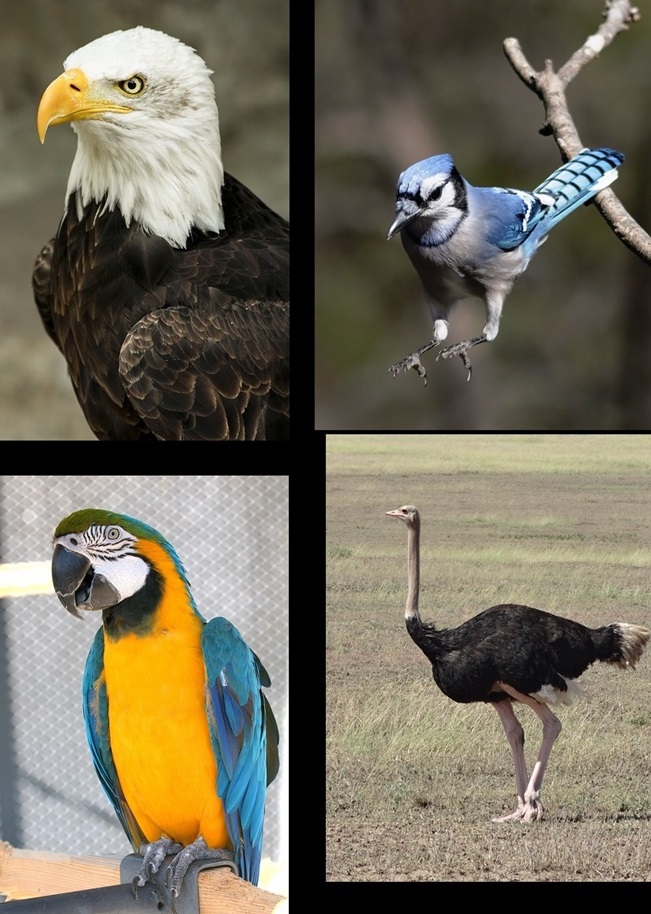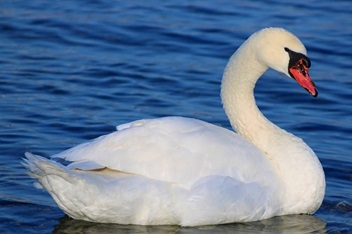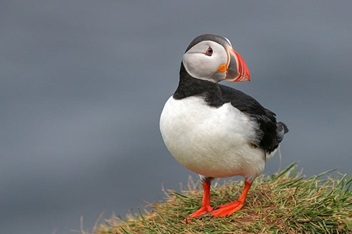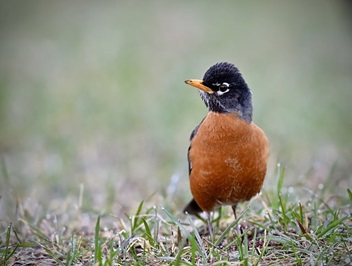
What Defines Birds?
At their core, birds are warm-blooded vertebrates that belong to the class Aves. They share several defining features that distinguish them from other animals:
Feathers: Perhaps the most iconic trait of birds is their feathers, which are unique to this group. Feathers serve various purposes, including insulation, waterproofing, and, most importantly, enabling flight.
Beaks: Birds possess beaks or bills instead of teeth. The shape and size of a bird’s beak are often adapted to its diet, from the long, slender beaks of hummingbirds to the powerful, hooked beaks of birds of prey.
Hollow Bones: To reduce body weight for flight, most birds have hollow bones, which help them remain airborne with minimal energy expenditure.
Oviparous Reproduction: Birds lay eggs with hard shells; primarily composed of calcium carbonate. This form of reproduction is key to their survival, allowing parents to incubate the eggs and care for their young.
Unique Respiratory System: Birds have a highly efficient respiratory system involving air sacs that allow for continuous airflow and better oxygen exchange, crucial for the demands of flight.

Diversity Of Bird Species
Birds are incredibly diverse, with approximately 10,000 known species worldwide, classified into various orders and families. This diversity allows them to occupy a wide array of ecological niches. Some common bird groups include:
Passerines: Also known as “perching birds” or songbirds, this group is the largest and includes species like sparrows, robins, and finches.
Raptors: Birds of prey, such as eagles, hawks, and owls, are known for their keen eyesight and powerful talons, making them skilled hunters.
Waterfowl: Ducks, geese, and swans belong to this group, characterized by their webbed feet and preference for aquatic habitats.
Marine Birds: Species like albatrosses, puffins, and gulls are adapted to life over oceans and coastal regions, often exhibiting extraordinary flying abilities.

The Ecological Role Of Birds
Birds play vital roles in ecosystems around the globe. Their ecological contributions include:
Pollination: Many bird species, particularly hummingbirds and sunbirds, are important pollinators for flowering plants, facilitating plant reproduction.
Seed Dispersal: Birds consume fruits and seeds, and their movement helps spread seeds across vast areas, promoting plant health and diversity.
Pest Control: Birds such as swallows and the Blue Jay(Cyanocitta cristata) feed on insects, helping to control pest populations and maintain ecological balance.
Indicator Species: Birds are often seen as indicators of environmental health; changes in their populations can signal shifts in ecosystem quality or the presence of pollutants.
Birds And Humans: A Complex Relationship
The relationship between birds and humans has evolved over millennia. Birds inspire art, literature, and culture across the globe. From the iconic symbol of the dove representing peace to the majestic eagle as a national emblem, birds hold significant meaning in various societies.
Additionally, birds often serve as companions; domesticated species such as parrots, canaries, and finches are popular pets. Birdwatching has become a beloved hobby, encouraging people to engage with nature and promote conservation efforts.
However, many bird species face threats from habitat loss, climate change, and pollution. Conservation initiatives are critical to protecting these remarkable creatures and the ecosystems they inhabit. Organizations around the world work tirelessly to create protected areas, enforce regulations, and raise awareness about the importance of bird conservation.

Conclusion
Birds are not just enchanting creatures that grace our skies; they are essential components of the planet’s biodiversity and ecosystem functionality. As we continue to learn more about these feathered wonders, it is important to celebrate and protect them, ensuring that future generations can also enjoy the beauty and benefits that birds bring to our world.
